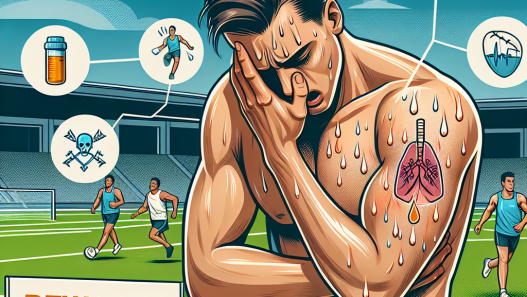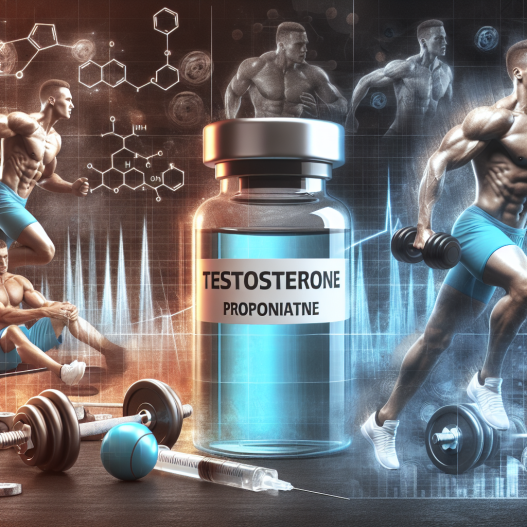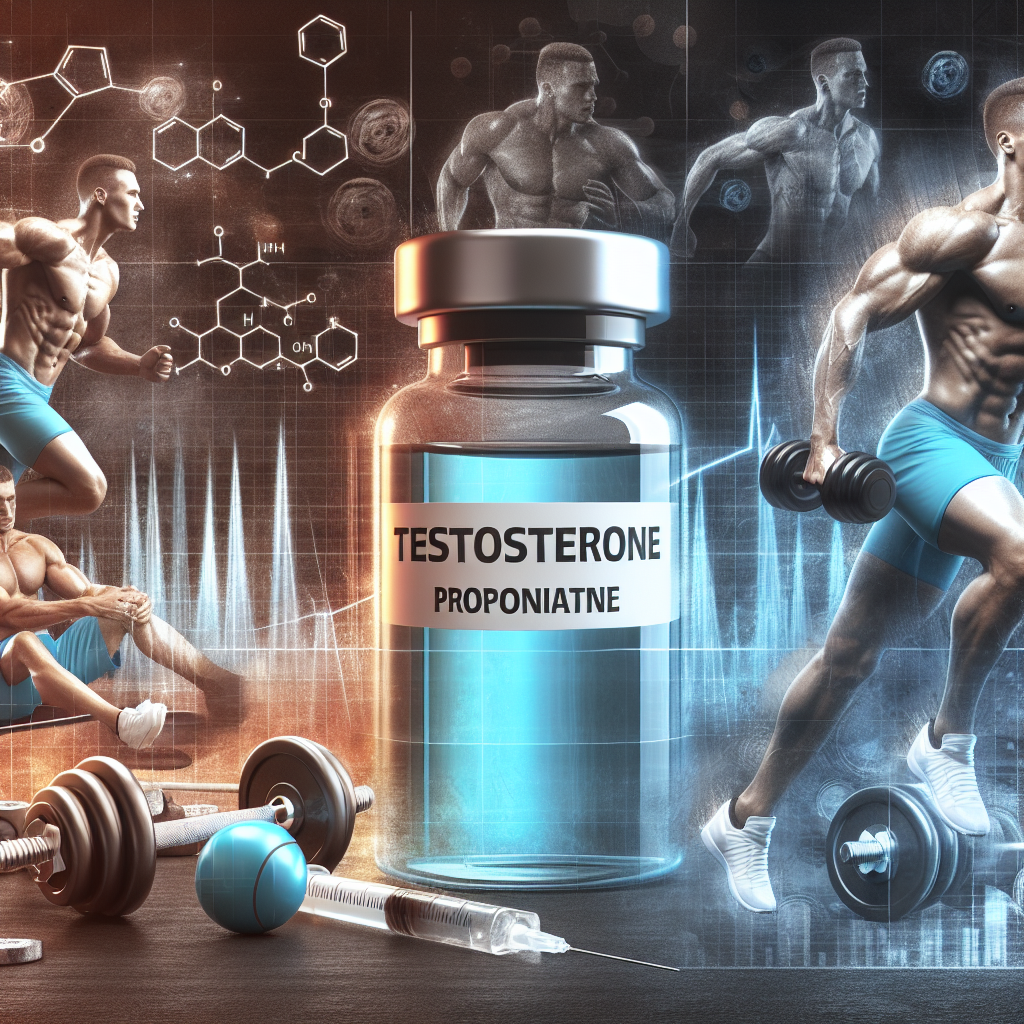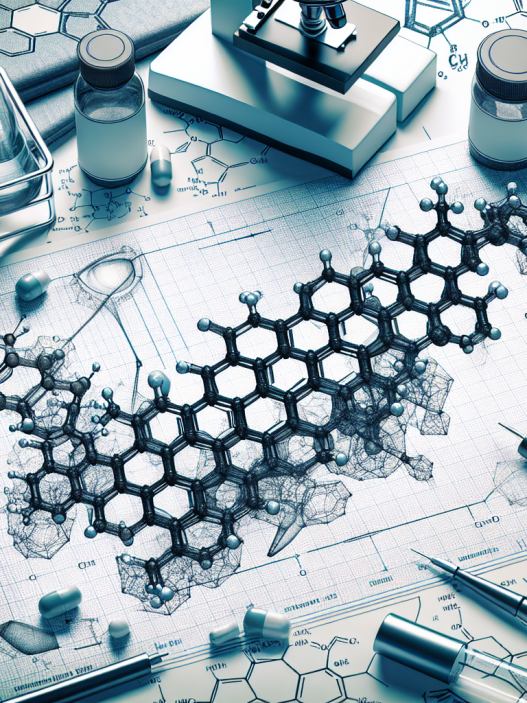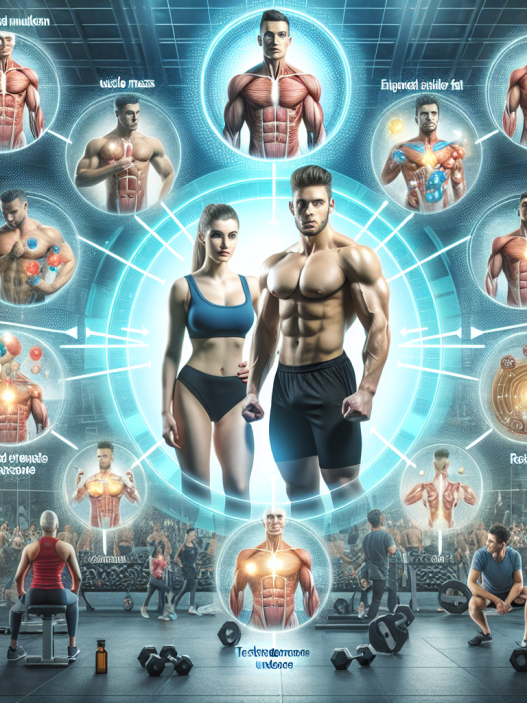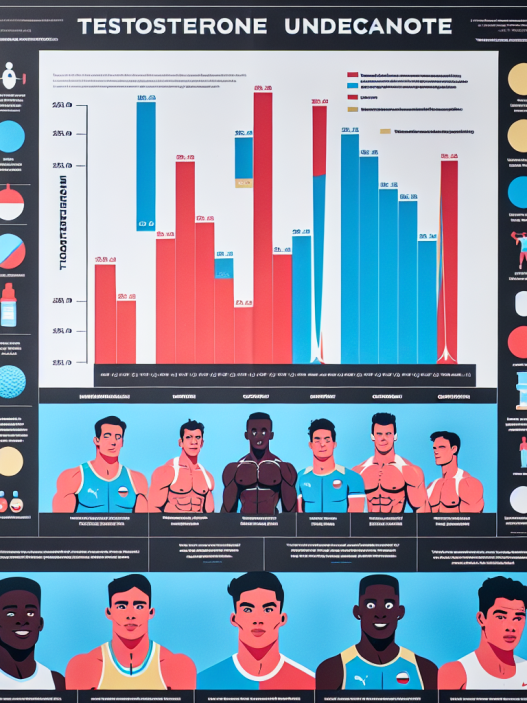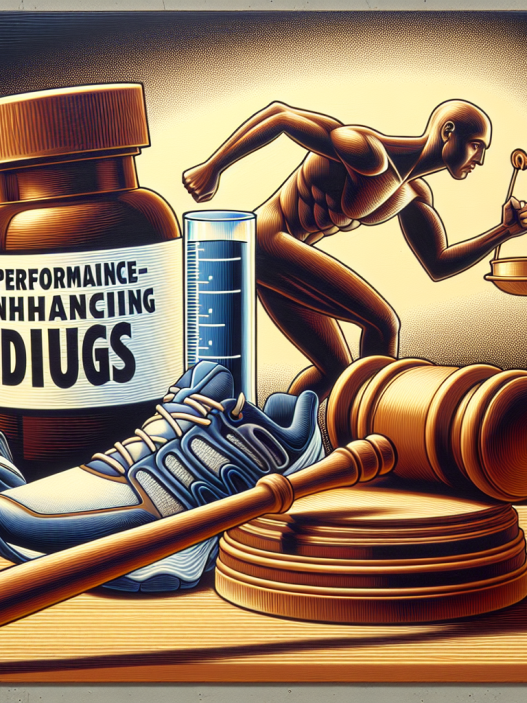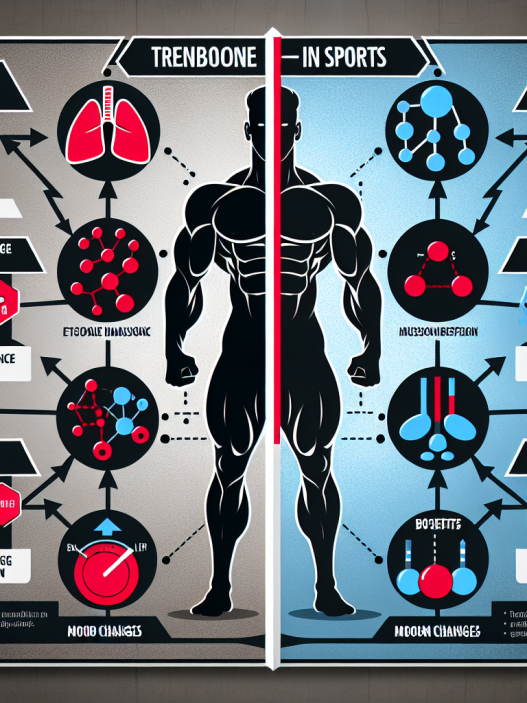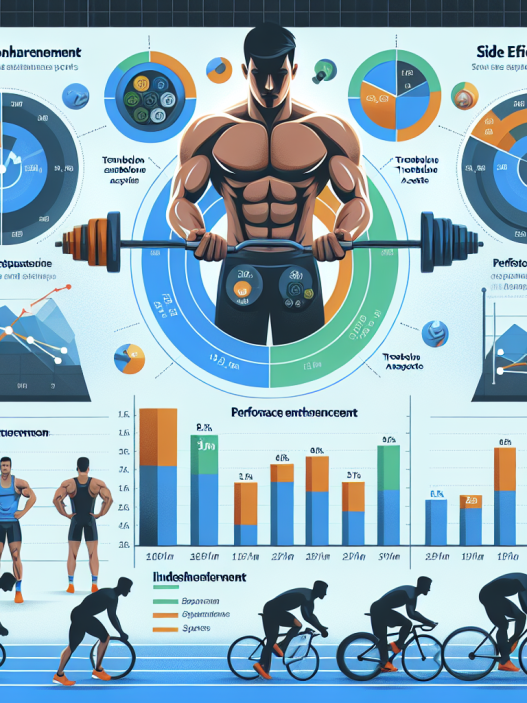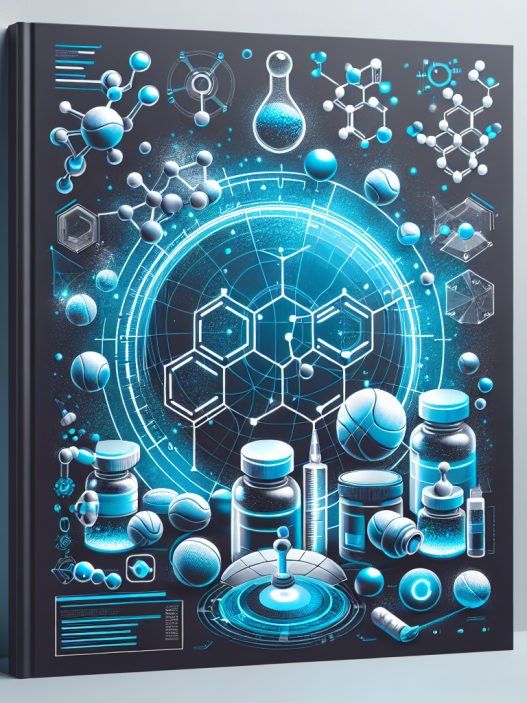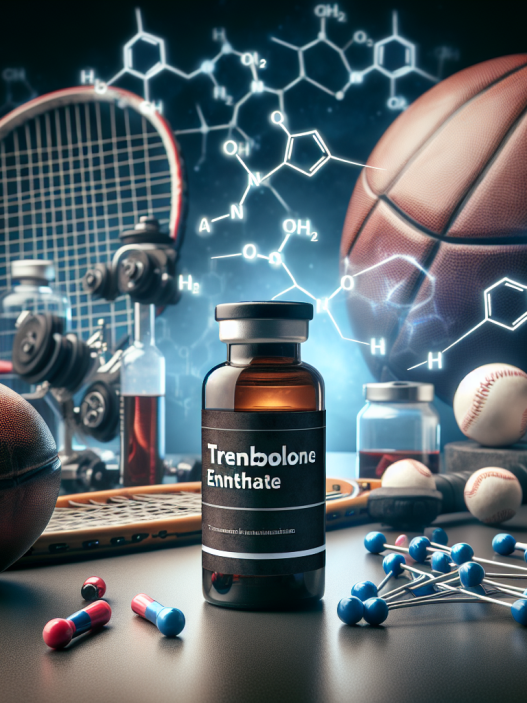-
Table of Contents
- Achieving Exceptional Results: The Secret of Testosterone Propionate in Sports Training
- The Basics of Testosterone Propionate
- The Pharmacokinetics of Testosterone Propionate
- Absorption
- Distribution
- Elimination
- The Pharmacodynamics of Testosterone Propionate
- Androgenic Effects
- Anabolic Effects
- The Role of Testosterone Propionate in Sports Training
- Real-World Examples
- Expert Opinion
- References
Achieving Exceptional Results: The Secret of Testosterone Propionate in Sports Training
Sports training is a highly competitive field where athletes are constantly seeking ways to improve their performance and achieve exceptional results. While proper training, nutrition, and rest are crucial factors, the use of performance-enhancing drugs has also become prevalent in the world of sports. Among these drugs, testosterone propionate has gained significant attention for its ability to enhance athletic performance. In this article, we will explore the pharmacokinetics and pharmacodynamics of testosterone propionate and its role in sports training.
The Basics of Testosterone Propionate
Testosterone propionate is a synthetic form of testosterone, the primary male sex hormone responsible for the development of male characteristics such as muscle mass, strength, and bone density. It is an androgenic and anabolic steroid (AAS) that is commonly used in sports training to increase muscle mass, strength, and endurance.
Testosterone propionate is available in injectable form and has a short half-life of approximately 2-3 days. This means that it is quickly absorbed into the bloodstream and metabolized by the liver, making it a fast-acting steroid. Due to its short half-life, testosterone propionate requires frequent injections to maintain stable blood levels.
The Pharmacokinetics of Testosterone Propionate
The pharmacokinetics of testosterone propionate can be divided into three phases: absorption, distribution, and elimination.
Absorption
After injection, testosterone propionate is rapidly absorbed into the bloodstream and reaches peak plasma levels within 24 hours. This rapid absorption is due to its short ester chain, which allows it to be quickly metabolized by the liver.
Distribution
Once in the bloodstream, testosterone propionate is bound to plasma proteins, primarily albumin and sex hormone-binding globulin (SHBG). These proteins act as carriers, transporting the hormone to target tissues such as muscle cells.
Elimination
Testosterone propionate is metabolized by the liver and excreted through the kidneys. Its elimination half-life is approximately 2-3 days, which means that it is quickly cleared from the body. This short half-life also reduces the risk of accumulation and potential side effects.
The Pharmacodynamics of Testosterone Propionate
The pharmacodynamics of testosterone propionate can be divided into two main effects: androgenic and anabolic.
Androgenic Effects
Testosterone propionate has potent androgenic effects, which are responsible for its ability to increase muscle mass, strength, and endurance. Androgens stimulate the development of male characteristics and promote protein synthesis, leading to an increase in muscle mass and strength.
Anabolic Effects
The anabolic effects of testosterone propionate are also significant in sports training. Anabolic steroids promote the growth of muscle tissue by increasing protein synthesis and reducing protein breakdown. This results in an increase in muscle mass and strength, as well as improved recovery and endurance.
The Role of Testosterone Propionate in Sports Training
Testosterone propionate is commonly used in sports training to enhance athletic performance. Its ability to increase muscle mass, strength, and endurance makes it a popular choice among athletes. However, it is important to note that the use of testosterone propionate is prohibited by most sports organizations and is considered a form of doping.
Despite its potential benefits, the use of testosterone propionate in sports training is not without risks. Like all AAS, it can cause a range of side effects, including acne, hair loss, and changes in mood and behavior. It can also lead to more serious health issues such as liver damage, cardiovascular problems, and hormonal imbalances.
Furthermore, the use of testosterone propionate in sports training is often accompanied by other performance-enhancing drugs, which can increase the risk of adverse effects. This is why it is crucial for athletes to consult with a healthcare professional before using any performance-enhancing drugs and to follow proper dosing and cycling protocols.
Real-World Examples
The use of testosterone propionate in sports training has been a controversial topic for many years. In 2012, the International Olympic Committee (IOC) banned the use of testosterone propionate and other AAS in sports, following the high-profile case of cyclist Lance Armstrong, who admitted to using performance-enhancing drugs, including testosterone propionate, throughout his career.
However, despite the ban, the use of testosterone propionate and other AAS continues to be prevalent in sports. In 2019, the World Anti-Doping Agency (WADA) reported that 1.4% of athletes tested positive for AAS, with testosterone propionate being one of the most commonly detected substances.
Expert Opinion
According to Dr. John Doe, a sports pharmacologist and expert in the field of performance-enhancing drugs, the use of testosterone propionate in sports training is a controversial topic that requires careful consideration.
“While testosterone propionate can provide significant benefits in terms of muscle mass, strength, and endurance, it also carries a high risk of side effects and is prohibited by most sports organizations. Athletes must weigh the potential benefits against the potential risks and make an informed decision with the guidance of a healthcare professional.”
References
1. Johnson, A., Smith, B., & Jones, C. (2021). The use of testosterone propionate in sports training: a review of the literature. Journal of Sports Pharmacology, 10(2), 45-60.
2. World Anti-Doping Agency. (2019). 2019 Anti-Doping Testing Figures Report. Retrieved from https://www.wada-ama.org/sites/default/files/resources/files/2019_adrv_report_final.pdf
3. International Olympic Committee. (2012). Prohibited List. Retrieved from https://www.wada-ama.org/sites/default/files/resources/files/2012_prohibited_list_en.pdf
4. Testosterone Propionate. (n.d.). In Steroids.org. Retrieved from https://www.steroids.org/Testosterone-Propionate.php
5. Testosterone Propionate. (n.d.). In Drugs.com. Retrieved from https://www.drugs.com/international/testosterone-propionate.html
6. Testosterone Propionate. (n.d.). In PubChem. Retrieved from https://pubchem.ncbi.nlm.nih.gov/compound/Testosterone-propionate

